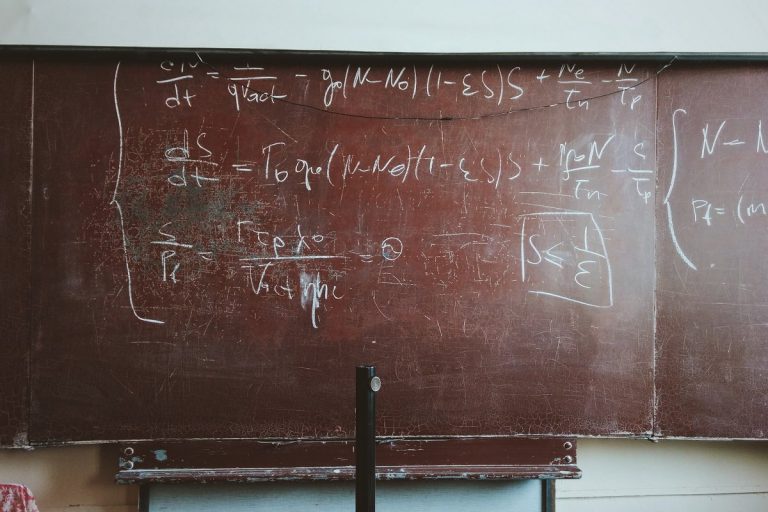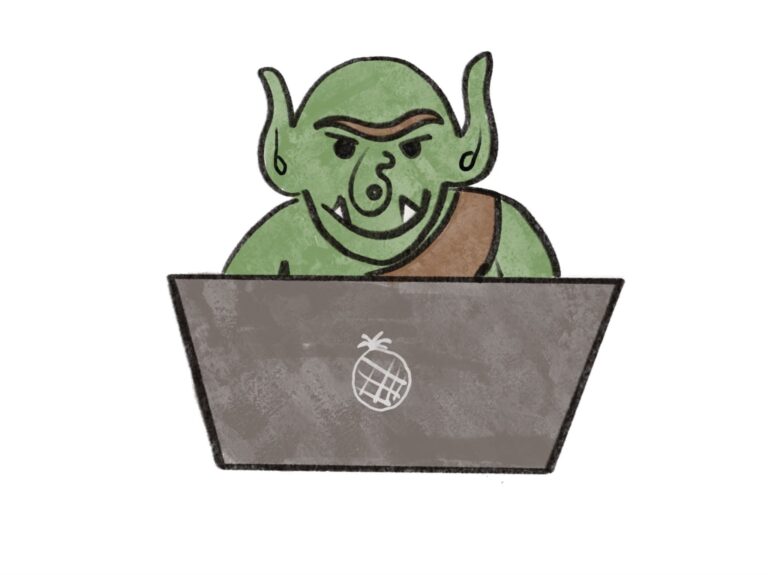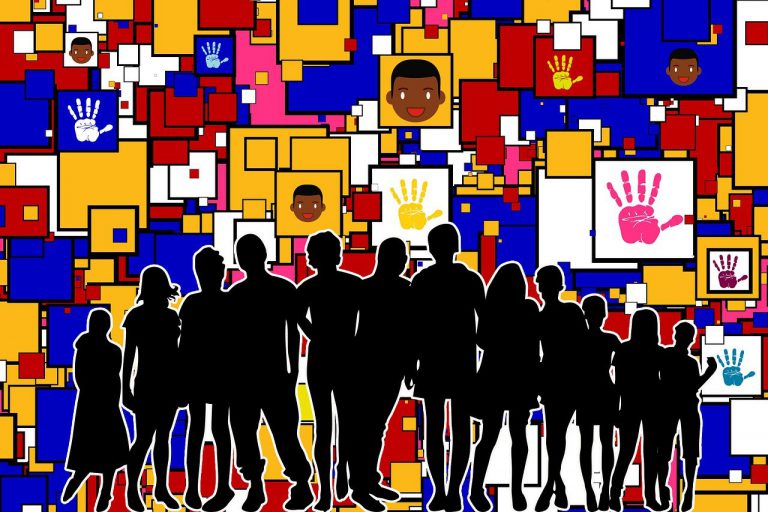Digital Divide and schools of Punjab during the lockdown

Gurdeep Singh belongs to Samrala, Ludhiana. He has done BEd and is presently a PhD research scholar at the Department of Economics, Punjabi University, Patiala.
[responsivevoice_button voice=”Hindi Male” buttontext=”Read out this Theel for me”]
The spread of the Corona epidemic is currently worldwide. As of April 19, 2020, almost 2.4 million cases of coronavirus have been reported worldwide. Of those, around 1,65, 000 people died. India has reported around 17,000 cases of coronavirus. Amidst the pandemic situation, a countrywide lockdown has been there in India since March 23, 2020, which is expected to continue under certain conditions even after May 3. It depends on the circumstances at that time what will be the nature of lockdown will be. Because of this, India is moving towards a major economic crisis. According to the World Bank estimates India’s growth rate to be between 1.5 and 2.8 (Times of India, April 13, 2020).
Voices from Punjab
The corona epidemic is spreading across different states of India, during which the education of Indian students has a severe impact. In the villages and cities of Punjab, due to such measures of lockdown, all schools and colleges are also closed during this current academic year. This impact has a differentiated impact on the learning and education of children, especially low-income families.
This piece is based on reportage from the countryside of Punjab, focusing on the impact of lockdown on schools and subsequent measures taken by the government. I conducted telephonic interviews with 20 low-income families and government teachers from two villages in Punjab. The villages are Hakamwala in the Budhlada Tehsil of Mansa district and Pharwahi village of Barnala district in Punjab. The interviews revealed that the impact of lockdown on the educational attainment of many children in these families is severely damaged.
Few parents are well-informed about their children’s education; these parents are the sources of learning and education at home for their children. Most of the families with educated parents belonged to the middle-class families, whose children also attend private schools due to their better socio-economic advantageous position. These families are paying close attention to their children’s education.
The tragedy of low-income families
But children from low-income families attend government schools since the financial condition of these families does not help them to seek education from private schools. The worst impact of the lockdown of schools for children from a low-income family is twofold.
First, there are instances where the children are first-generation learners, and therefore hardly any educational guidance is available at home. Second, there are no alternative sources of learning (i.e., digital learning sources) available to these families because of their lack of resources. The occupational identity of such families largely attributes to the rural manual working class, where the main earning member is an agricultural laborer, construction worker, weaver, or MGNREGA laborer.
The hardest economic impact of the lockdown caused by this epidemic has been on these working-class families. Due to the lack of daily wage work, with a hand to mouth expenditure pattern, a massive cut in their sources of income have made these families economically vulnerable. The fallacy of a lockdown like the situation is that, in the long run, the only way for the poor children to move beyond this abject poverty is through proper educational attainments, which eventually is expected to improve their socio-economic status.
The promise and the practice
According to article 21A, in the Constitution of India, it is mandatory to provide free education for children from 6 to 14 years. Which is coming into force from1st April 2010. Accordingly, all children should be taught without discrimination. It is the fundamental right of every child. But during the lockdown, the universal call for digital learning is discriminatory in practice. The only benefactors are socially well placed educated parents, who have access to information, own an android phone, and have the financial power to put expensive data plans into their phones to access teaching material for their children.
The personal interview with teachers revealed that almost 20 to 25 percent of parents who do not have an android phone and financial strength could not keep up with their studies during the lockdown.
The reality of Digital Divide
As per the government orders, the teachers have been instructed by the government authorities in Punjab to conduct classes online. Online education, however, means sending the syllabus, and some reading material to students via WhatsApp. If online education is just about sending syllabus, then one cannot expect a comprehensive understanding of the textbook subjects, until the students are guided to understand the written text. This will impede the intellectual development of students, particularly from a marginalized background.
During one of the interviews, the head of the household explained that there is a mobile phone in the house; however, during the lockdown, the phone was not recharged with any data plan. Due to this, in a family with three school-going children, even the information regarding the syllabus could not be reached.
Another less thought out measure is that while the students have been put to the next class, there is no assessment of learning for any of the students.
The first corona virus-positive patient was detected on November 17, 2019, in China. Until now, the virus has been spreading all over the world. None of the predictions seems to certainly say anything regarding the end of this virus spread and the pandemic.
The State governments should take a well thought out plan, including the following measures to help the marginalized students to access the public education without any more hassles.
Policy prescriptions
- To provide free books for the children of low-income families
- Some TV channels should be started, which aired daily academic content for students for all classes
- Provide free Internet data to low-income families
- Mobile phones should be provided to poor families so that the children of these families have compulsory access to education
Featured Image Credits: Wikimedia









Readers' Reviews (1 reply)